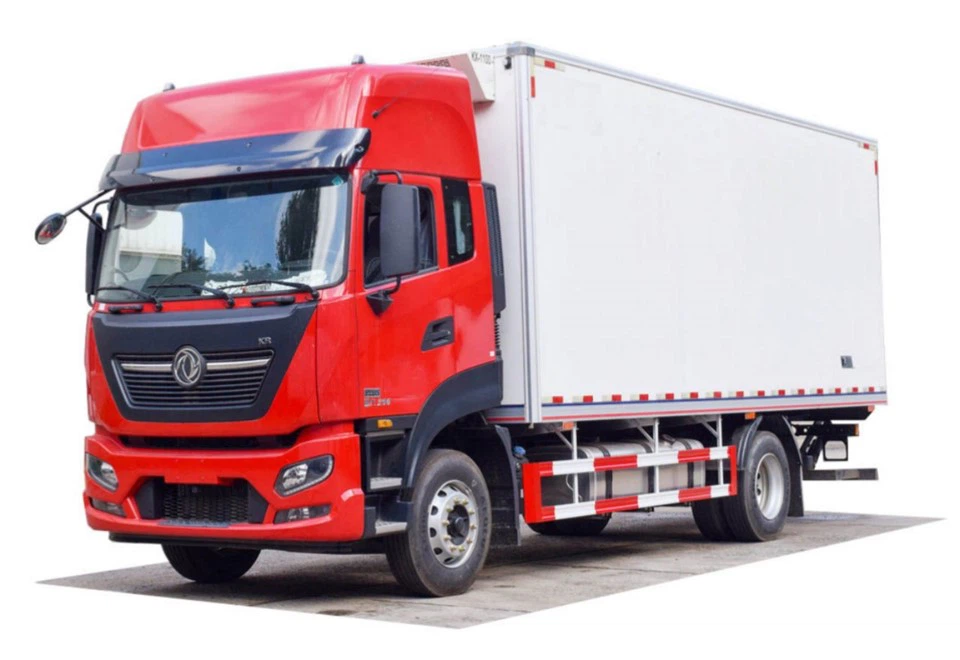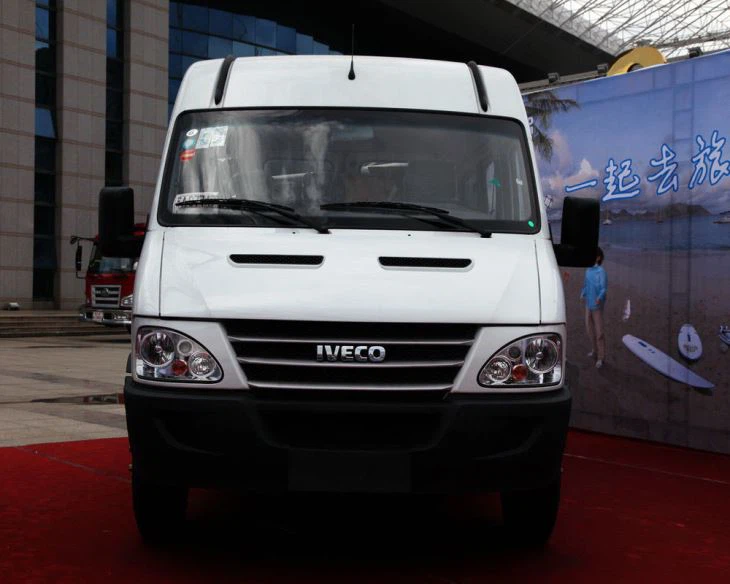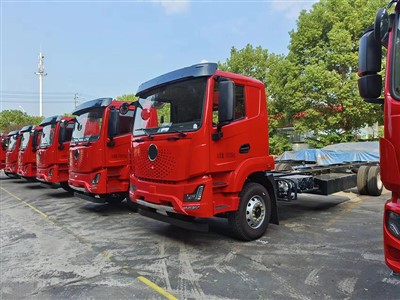Kei Truck Electric: The Future of Compact Hauling

Introduction
Kei trucks, known for their compact size and efficiency, have gained immense popularity in Japan and beyond. As we move towards a more sustainable future, the electric variant of these vehicles, known as kei truck electric, is emerging as an environmentally friendly and practical alternative. This article explores the world of electric kei trucks, including their benefits, types, manufacturing processes, and practical applications. We will also provide tips for businesses considering their adoption and address frequently asked questions.
What is a Kei Truck?
Kei trucks are small, lightweight vehicles that fall under a category of mini trucks in Japan. They boast a maximum engine displacement of 660cc and are designed to be compact to navigate tight spaces efficiently. Their unique design and functionality make them popular with businesses, farmers, and individuals needing versatile transport solutions.
Features of Kei Trucks
- Size: Typically under 3.4 meters in length.
- Payload Capacity: Generally between 350 kg and 500 kg.
- Fuel Efficiency: Known for their excellent fuel economy.
- Versatility: Available in various configurations including dump, flatbed, and van styles.
Transitioning to Electric: The Rise of Electric Kei Trucks
As environmental concerns grow, the need for sustainable transport solutions has led to the innovation of electric kei trucks. These vehicles utilize electric motors instead of conventional gasoline engines, allowing for zero emissions during operation.
Benefits of Electric Kei Trucks

- Environmental Impact: Reduced carbon emissions contribute to cleaner air and a healthier planet.
- Lower Operating Costs: Electricity as fuel is often cheaper than gasoline, and maintenance costs are typically lower for electric vehicles due to fewer moving parts.
- Quiet Operation: Electric motors produce significantly less noise compared to traditional combustion engines, making them ideal for urban environments.
- Government Incentives: Many regions offer tax credits or rebates for purchasing electric vehicles.

Main Types of Electric Kei Trucks
Battery Electric Vehicles (BEVs)
Battery Electric Vehicles rely entirely on electric power stored in batteries. They require charging infrastructure and generally have a range between 80 to 150 kilometers on a full charge, depending on the model.
Hybrid Electric Vehicles (HEVs)
Hybrid models combine conventional internal combustion engines with an electric motor. They offer increased range and flexibility as they can rely on gasoline when electric power is insufficient.
Fuel Cell Electric Vehicles (FCEVs)
Fuel Cell Electric Vehicles utilize hydrogen to produce electricity. Though still in development stages for kei trucks, they hold promise for long-range and quick refueling capabilities in the future.
Manufacturing Process of Electric Kei Trucks
Design and Engineering
The design of electric kei trucks begins with understanding the unique demands of the market. Manufacturers consider weight distribution, battery placement, and aerodynamics to enhance efficiency and performance.
Battery Technology
Modern electric kei trucks often utilize lithium-ion batteries for their energy density and efficiency. The development of battery technology is crucial for improving range and reducing charge times.
Production and Assembly
The assembly of electric kei trucks involves integrating electric drivetrains, installing battery packs, and ensuring that all components meet safety standards. Quality control is essential throughout the production line.
Practical Applications of Electric Kei Trucks
Urban Logistics
Electric kei trucks prove invaluable for last-mile deliveries in urban environments. Their compact dimensions allow them to navigate narrow streets and deliver goods efficiently.
Agricultural Use

Farmers can leverage electric kei trucks for transporting produce and tools around their farms. Their low operating costs and versatility make them an appealing choice in the agriculture sector.
Construction and Landscaping
In construction and landscaping, electric kei trucks can be used to haul tools and materials. Their ability to operate quietly is an added advantage in residential areas.
Tips for Businesses Considering Electric Kei Trucks
Evaluating Your Needs
Businesses should assess their specific transport needs, including payload capacity, distance, and operational costs, before investing in electric kei trucks.
Charging Infrastructure
Investing in a suitable charging infrastructure is crucial. Businesses may consider installing charging points at their facilities to ensure their electric kei trucks are consistently ready for use.
Research Models
Various brands offer electric kei trucks, each with different features and specifications. Researching different models and manufacturers is essential for making an informed decision.
Challenges Facing Electric Kei Trucks
Range Limitations
One of the significant challenges is range anxiety, as electric kei trucks may not cover extensive distances without needing a recharge. Planning charging stops is crucial for long routes.
Charging Time
Electric kei trucks typically require several hours to recharge, which may impact operations. Fast-charging stations can mitigate this issue, but they may not be widely available in all areas.
Initial Cost
Despite lower operating costs, the initial purchase price of electric kei trucks can be higher than their gasoline counterparts, which may deter some businesses from making the switch.
Future Trends in Electric Kei Trucks
Advancements in Battery Technology
Future developments in battery technology are likely to enhance the range, reduce charging times, and improve the overall efficiency of electric kei trucks.
Increased Adoption of Autonomous Driving
With advancements in technology, the integration of self-driving features in electric kei trucks could revolutionize transport, increasing efficiency and safety.
Regulatory Support
Government regulations favoring electric vehicles will play a pivotal role in the future of kei truck electrification, potentially providing financial incentives and infrastructure development support.
FAQs
1. Are electric kei trucks suitable for long-distance travel?
Electric kei trucks are generally better suited for short to medium distances due to their limited range. However, they excel in urban and regional applications.
2. What is the average charging time for electric kei trucks?
Charging times can vary widely depending on the charger type and vehicle model, with typical levels ranging from 4 to 8 hours for a full charge using standard home chargers.
3. How does the cost of electric kei trucks compare to traditional trucks?
While electric kei trucks may have a higher upfront cost, the operating costs tend to be lower due to reduced fuel and maintenance expenses.
4. Do electric kei trucks require special maintenance?
Electric kei trucks have fewer moving parts than gasoline vehicles and thus generally require less maintenance. Regular checks on battery health and electrical systems are standard.
5. Can I use electric kei trucks in construction zones?
Yes, electric kei trucks can be used in construction zones, where their quiet operation can be a significant advantage in residential or noise-sensitive areas.
6. How can I find local incentives for electric vehicle purchases?
Local government websites, utility companies, and automotive dealerships are good resources to discover available incentives for purchasing electric vehicles, including kei trucks.
